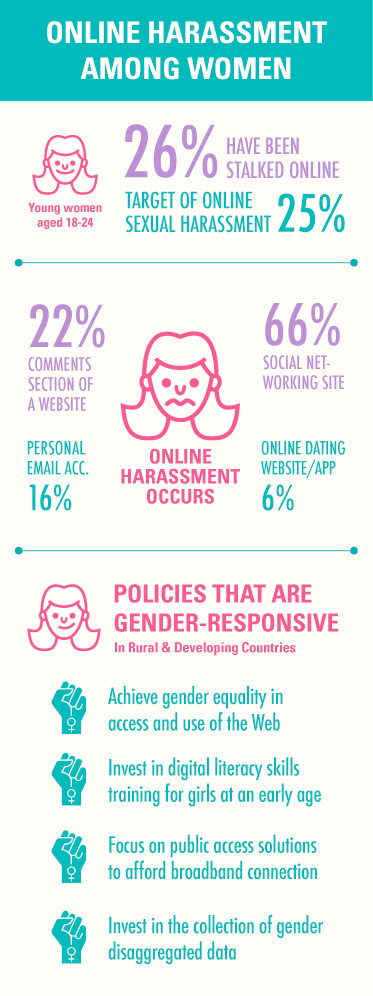Over the lessons, living and working on the web, I have learnt a great deal about digital presence and my opinions have changed. I’m inspired to have a visible digital presence to not only brand myself professionally, but also contribute, share and learn from others online.
A summary of my self-test before the module:
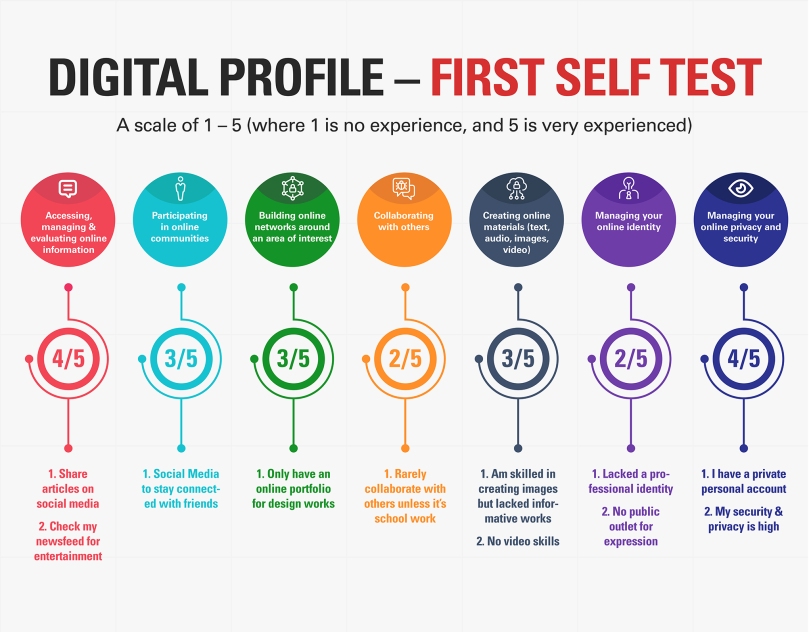
Source: Original graphic done on Adobe Illustrator
My personal visitors and residents mapping process & identity now
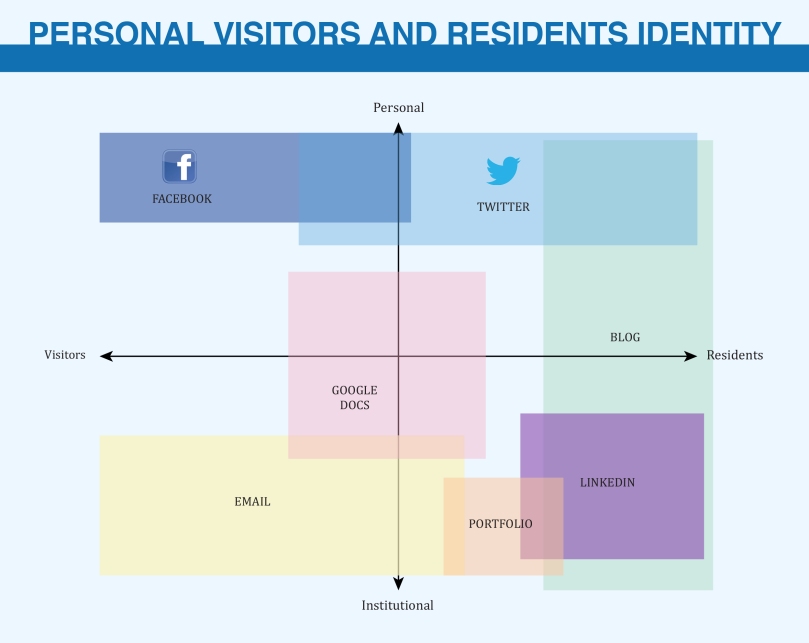
Source: Original graphic done on Adobe Illustrator
My initial thoughts
To start, this was a new experience and I initially had my doubts about the lesson structure but after going through the whole process of using Google Hangout, WordPress and research, I’m now an advocate of unlimited participation and open access on the web.
From not having a blog, to having regular blog entries and engaging with others through the comment section; it pushed me out of my comfort zone and enabled me to engage in deeper discussions with others through analytical thinking. Blogging helped me to readily express my opinion and let my voice be heard despite my introverted nature.
A summary of my self-test after the module
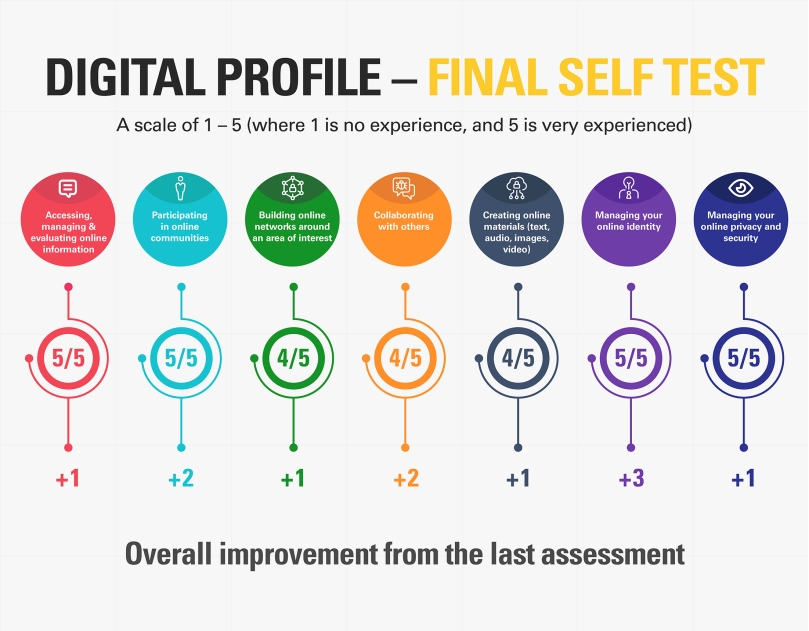
Source: Original graphic done on Adobe Illustrator
Managing & evaluating information online
I have learnt how to evaluate information better to aid me in my research for my posts. It was, however, challenging as writing and condensing your thoughts for a word limit can be restrictive. Having a public online presence (Twitter & blog) and interacting on twitter and hangout was also a new experience, as my digital presence is usually non-existent.
Active learning through feedback, working online, and engaging, is effective for me as I learn best by discovering, sharing and learning from other people. However, self-directed learning requires maturity and responsibility with the freedom to learn and share effectively online.
Summary of my learning journey

Source: Original graphic done on Adobe Illustrator
Creating a professional digital profile
Having a professional digital presence to engage and communicate online via blog posts and tweets is important in the workplace. Working habits are constantly changing with the continuous technological advancements resulting in more people working remotely as digital nomads.
The trend follows the rising popularity of remote work in the US. In a public opinion poll conducted by GALLUP, “in 2015, 37% of US employees reported doing some of their work remotely, a jump from 9% in 1995” (M. Jones, 2015).
Source: Telecommuting for Work Climbs, (M. Jones, 2015)
We need to adapt to a digital medium through self-promotion to create an effective network of opportunities. Therefore, to stay relevant, I’ve created a LinkedIn profile for my potential employers and colleagues to stay connected and build my professional network.
Manage my multiple online identities
After this module; I realized I’d rather have multiple online identities as I’d like to keep my professional and personal lives separated. Before this module, I only had private accounts on social media with no public or professional accounts.
Now I have a private identity for friends & family on Facebook, Twitter and Instagram, and professional profiles for work using WordPress, Google Docs, LinkedIn, Cargo Collective (portfolio) and Twitter.
My Twitter identity being formed

All my profile pictures across my platforms are up-to-date and slightly varied to maintain an appropriate balance between my personal and professional profiles. I don’t have a fake or non-identifiable photo and I use my English name for clarity. I manage all my public profiles professionally to keep my multiple identities authentic.
Being up-to-date with my portfolio is also crucial as it allows me to demonstrate and display my current skills to potential clients and showcase my previous work. The design and layout of my portfolio is also important, therefore, my recent works are displayed first followed by older works.
Building networks & participating online
Following reputable news and marketing sites allows me to stay abreast of the latest happenings. My Twitter and LinkedIn accounts will be used as networking tools for work while my YouTube account provides informative news around the globe. My interest in general knowledge has increased significantly as I find myself actively searching for videos about net neutrality, bots and learning from various TedTalk speakers on pressing issues and topics.
Some of the reputable Twitter accounts & YouTube Channels I follow


Being introduced to blogging has also ignited my passion for writing and sharing my thoughts with a community of likeminded individuals and has made me open to varying opinions. Creating these blog posts taught me to find articles that aided my thoughts and analytical reasoning. I see myself writing more in the future as it’s rather therapeutic, as long as there’s no time constraint!
Creating online content & learning new skills
Another aspect I thoroughly enjoyed and will carry on into the future is the various websites and platforms available to create graphics and videos. I’ve learnt how to use websites like Canva and PowToon to create visuals that will entice the viewer and keep them engaged. I’m keen on improving these skills to create more professional and cohesive visuals in the future.
My takeaway from this module
Reflection summary done on Canva

Source: Digital Marketing skill for the future (Bradford, 2017)
Finally, I would like to thank my tutors Lisa, Nicholas and Sarah for imparting their knowledge and wisdom during these past few weeks as I’ve learnt a great deal from this module. Also to whomever is reading this, thank you for your time.
(Word Count: 890)
Links to my digital profile:
Twitter
LinkedIn
Portfolio
References:
M. Jones, 2015. In U.S., Telecommuting for Work Climbs to 37% (online). Retrieved from: http://news.gallup.com/poll/184649/telecommuting-work-climbs.aspx
Bradford, 2017. 7 Important Digital Skills All Marketers Should Master In 2017 (online). Retrieved from: https://www.forbes.com/sites/laurencebradford/2017/01/16/7-important-digital-skills-all-marketers-should-master-in-2017/#11eb220042c1




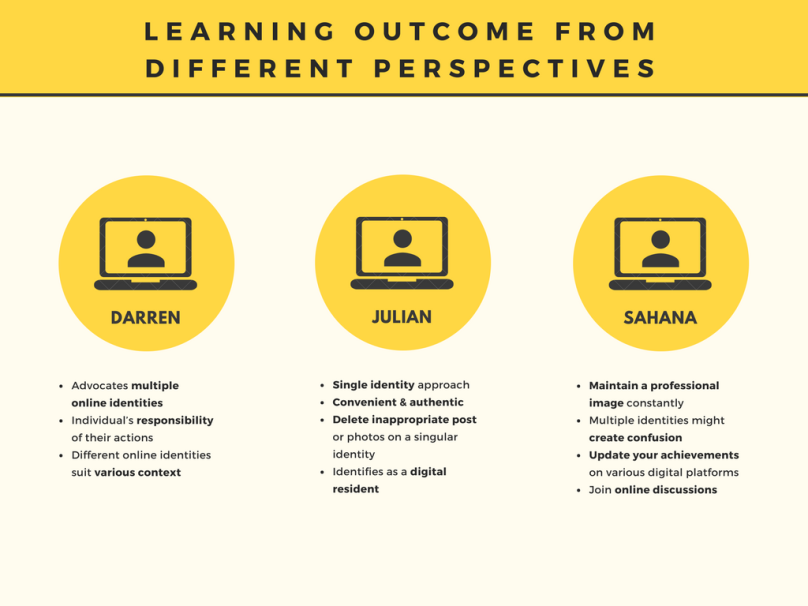

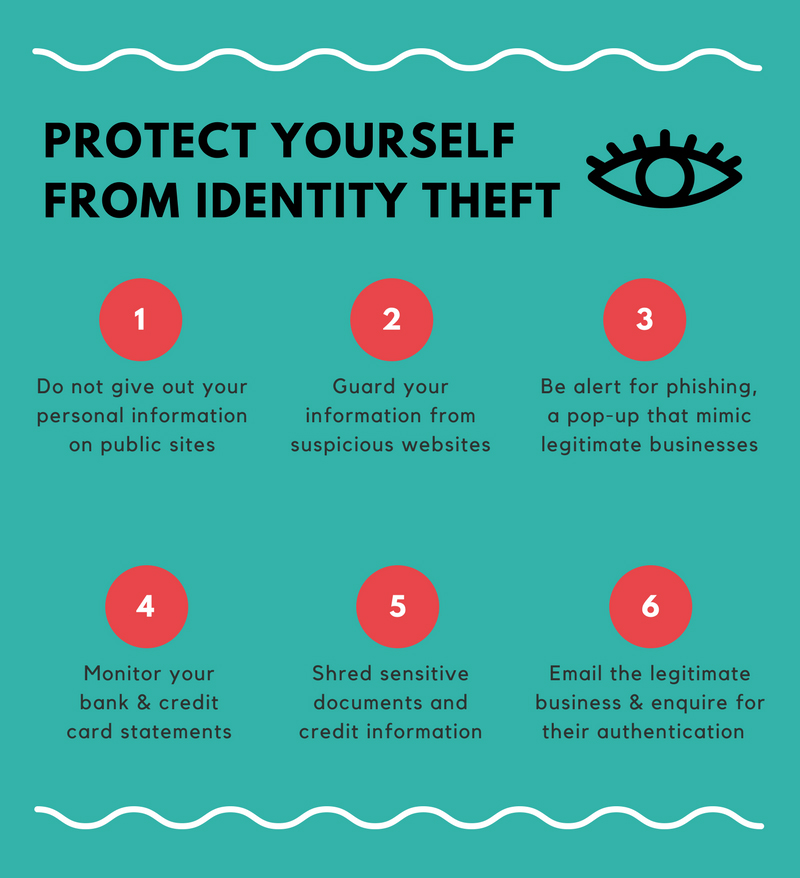
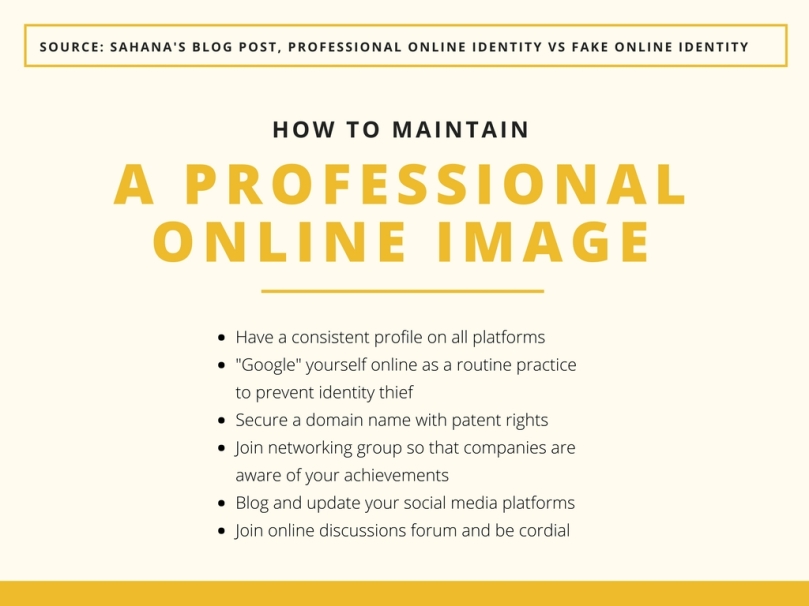


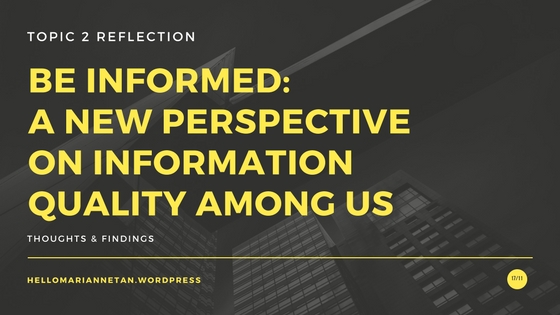

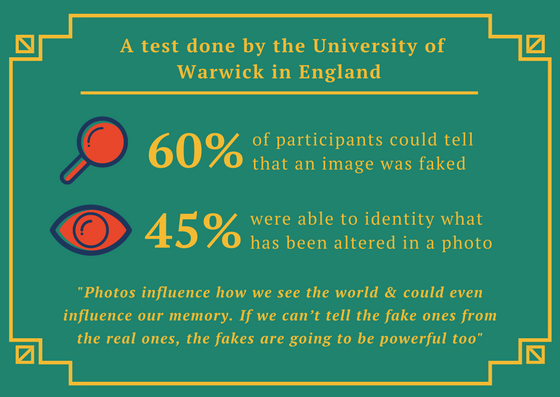
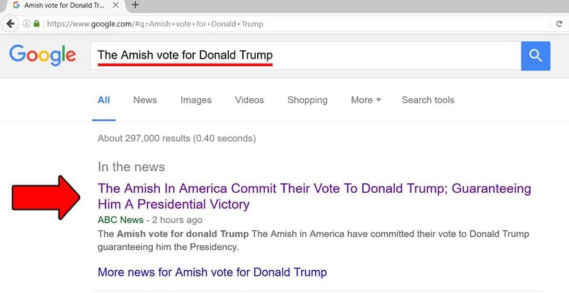


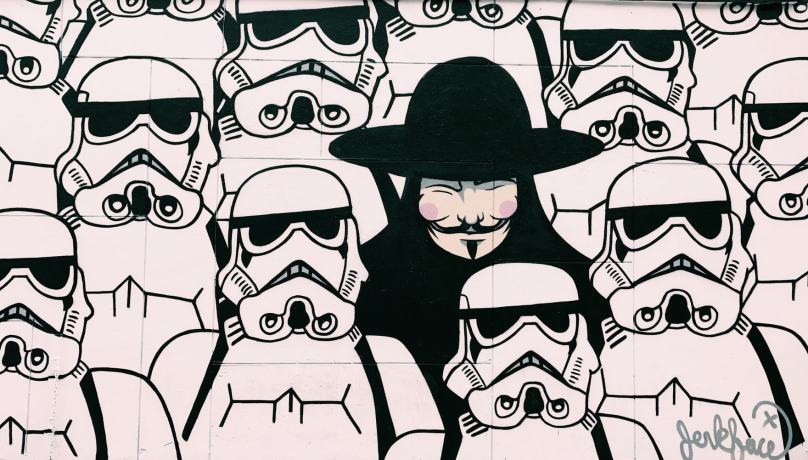 Source:
Source: 